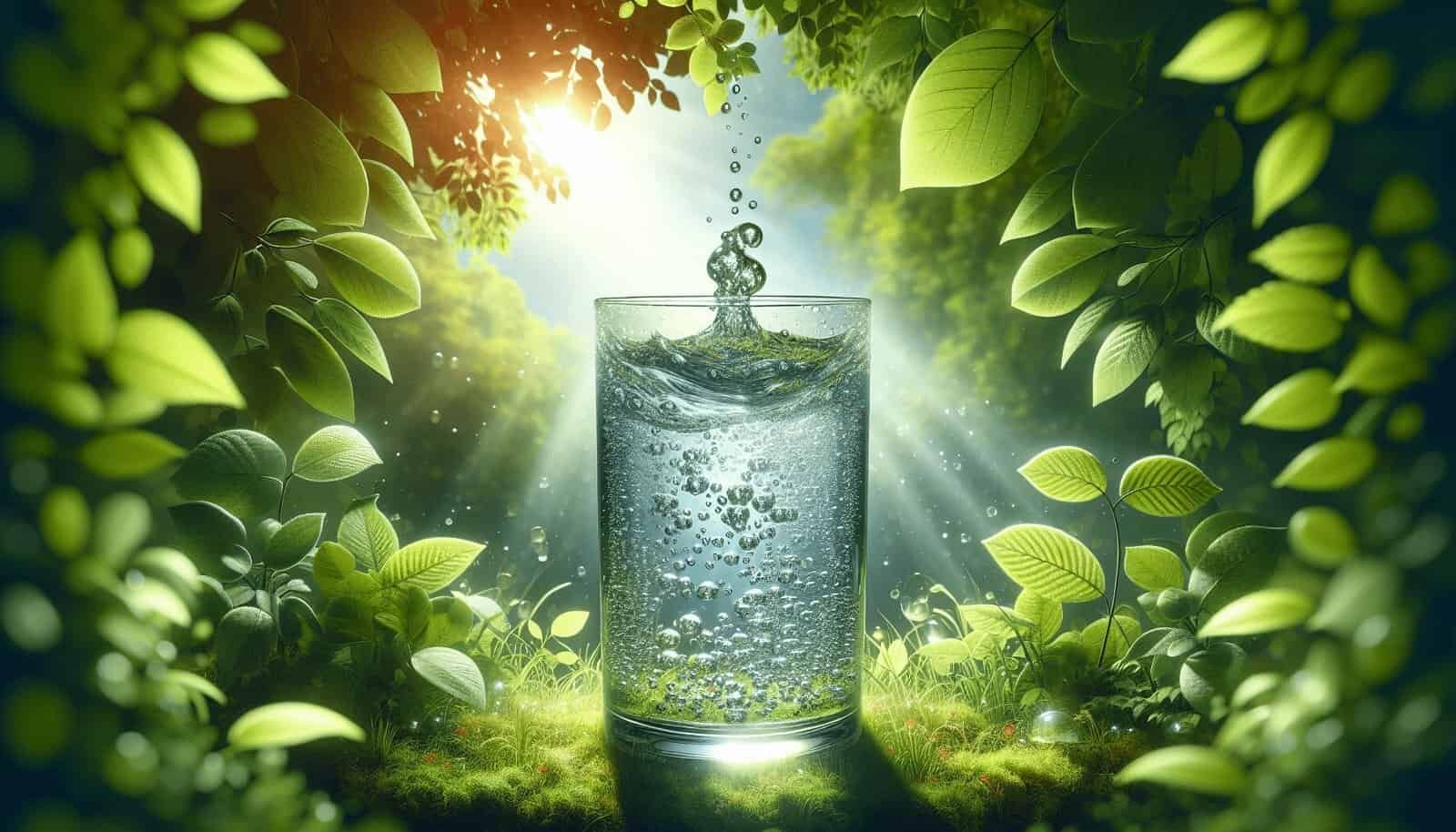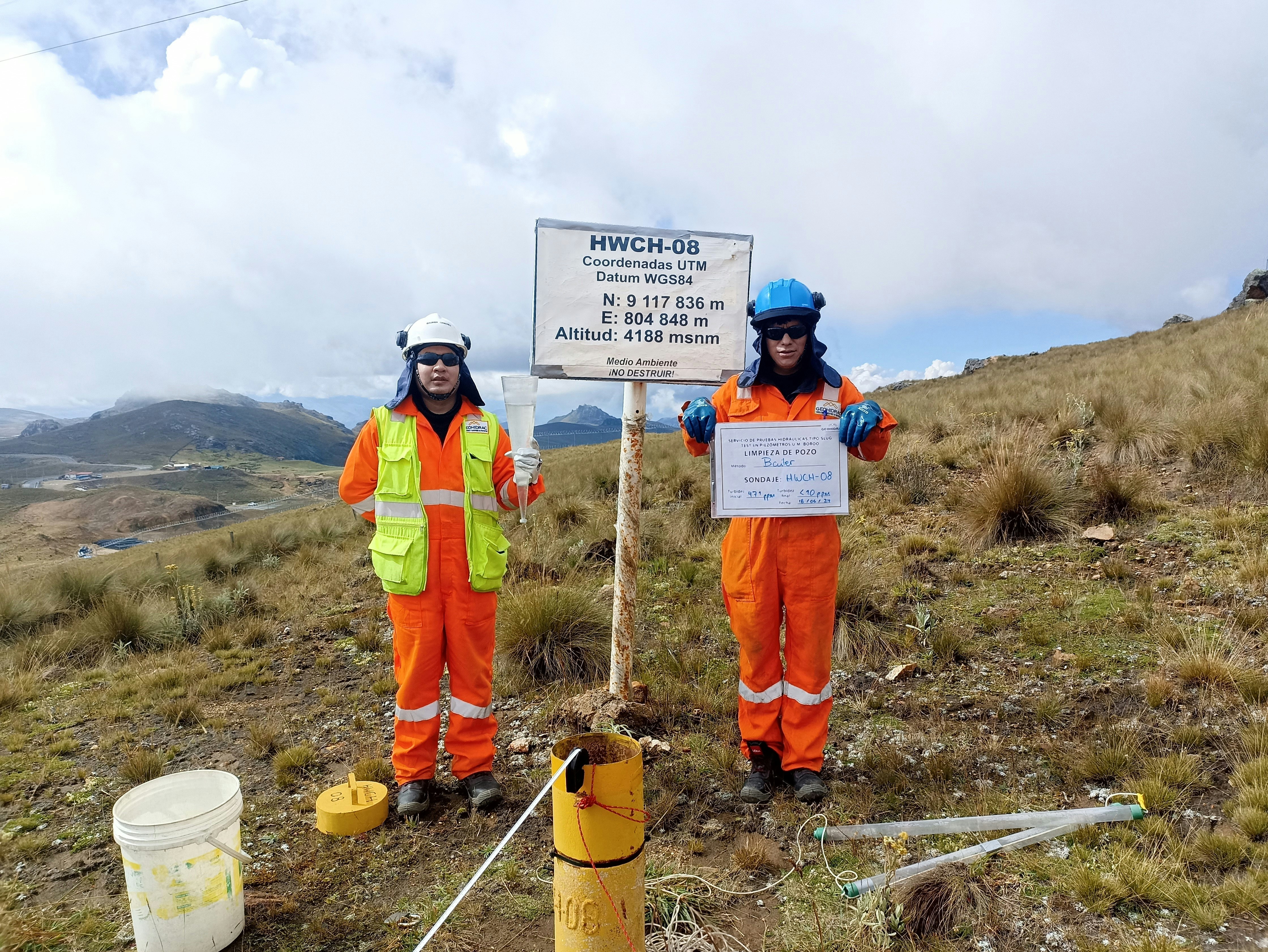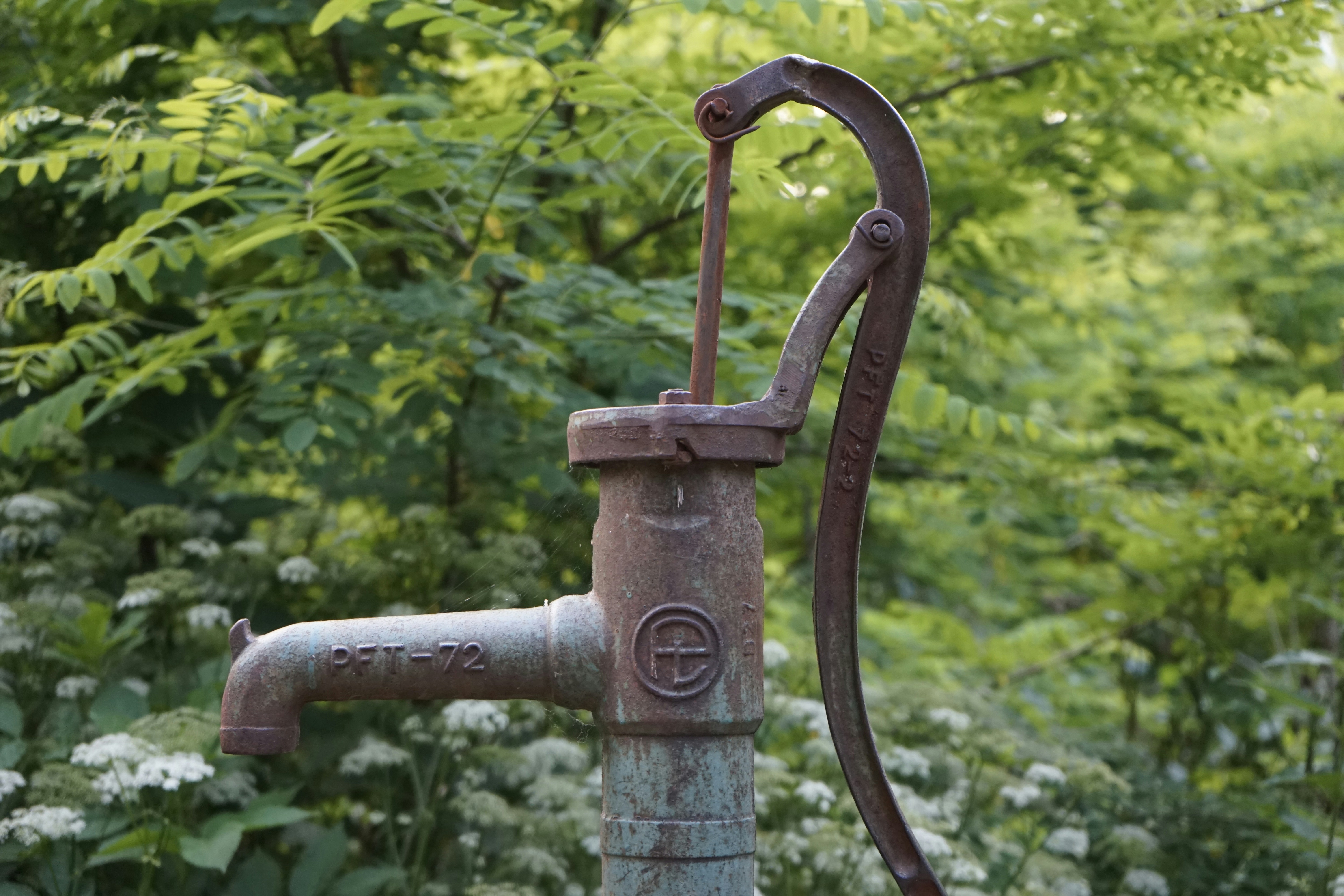Have you ever wondered about the quality of the water that comes from your well? If you rely on well water for your household needs, understanding its quality is crucial for your health and peace of mind. In this article, we’ll explore what well water quality means and how you can ensure that your water treatment systems are working properly to keep your water safe and clear.
Understanding Well Water Quality
Well water quality refers to the condition of the water drawn from your private well. Unlike municipal water supplies that are regulated and treated by local authorities, the quality of well water is largely your responsibility. It’s important to regularly assess and maintain the quality to ensure it is safe for drinking, cooking, and bathing.
Factors Affecting Well Water Quality
Several factors can influence the quality of your well water. These include:
- Geological Composition: The type of rock and soil surrounding your well can affect the mineral content and pH of your water.
- Agricultural Activity: Runoff from farms can introduce pesticides, fertilizers, and animal waste into your water supply.
- Industrial Pollution: Nearby factories and industrial sites may leak contaminants into the groundwater.
- Septic Systems: Improperly maintained septic systems can contaminate your well water with bacteria and nitrates.
- Natural Contaminants: Elements like arsenic and radon are naturally occurring and can pose risks if present in high concentrations.
Common Contaminants in Well Water
In understanding well water quality, it’s essential to know about common contaminants that can affect it:
| Contaminant | Source | Potential Health Effects |
|---|---|---|
| Bacteria (e.g., E.coli) | Animal and human waste | Gastrointestinal illness |
| Nitrates | Fertilizers, septic systems | Methemoglobinemia or “blue baby syndrome” |
| Lead | Plumbing materials | Developmental issues in children |
| Arsenic | Natural deposits, industrial pollution | Cancer, skin lesions |
| Pesticides | Agricultural runoff | Hormonal disruption, reproductive issues |
| Radon | Natural radioactive gas | Lung cancer |
| Iron & Manganese | Natural sources | Aesthetic and taste issues, staining |
Testing Your Well Water
Testing is the cornerstone of ensuring your well water quality. Unlike city water that gets regularly checked, well owners must take initiative for routine testing.
When Should You Test Your Well Water?
- Annually: At the minimum, conduct a basic test every year for nitrates, bacteria, and any contaminants of local concern.
- After Repairs or Damage: Test after any work on the well or if there’s a significant event nearby, such as flooding or earthquakes, which might affect it.
- If You Notice Changes: A noticeable change in taste, smell, or color should prompt immediate testing.
- If Someone is Pregnant or Nursing: It’s recommended to check for nitrates and bacteria specifically, as these can pose higher risks to infants.
How to Test Well Water
Several options exist for testing, including:
- Professional Testing: Hire a certified laboratory for comprehensive testing. This option ensures accuracy but can be costly.
- DIY Test Kits: Available at most home improvement stores, these kits are more economical and can be useful for preliminary checks.
Interpreting Test Results
Your test results will highlight any contaminants present and their levels. Familiarhood with acceptable limits is essential, hence consult the EPA’s standards for drinking water quality or seek guidance from a professional.
Understanding the Results
- Safe Levels: If contaminant levels are within safe limits, maintain regular testing to ensure they remain so.
- Unsafe Results: If levels exceed safe limits, immediate action is necessary, including consulting with a water treatment professional.
Enhancing Well Water Quality
Improving your well water quality often involves installing and maintaining treatment systems based on your specific needs.
Types of Water Treatment Systems
There are several types of water treatment systems, each designed for particular contaminants:
| Treatment System | Suitable For | Description |
|---|---|---|
| Water Softeners | Hard water | Removes calcium and magnesium that cause hardness |
| Carbon Filters | Organic compounds, chlorine | Absorbs contaminants as water passes through |
| Reverse Osmosis | Multiple impurities | Pushes water through a membrane, filtering out many contaminants |
| Distillation Systems | Many dissolved solids | Boils water and collects the steam, leaving contaminants behind |
| UV Purifiers | Bacteria and viruses | Uses ultraviolet light to disinfect water |
| Ion Exchange Units | Hard metals | Replaces unwanted ions with more desirable ones |
Maintaining Treatment Systems
Ensuring that your water treatment system operates efficiently is crucial for quality:
- Regular Maintenance: Follow manufacturer guidelines for replacing filters and cleaning systems.
- Professional Servicing: Schedule regular inspections with a professional to ensure everything works correctly.
- Keep Records: Maintain documentation of when components are checked or replaced for future reference.
Signs of a Malfunctioning Water Treatment System
Be vigilant for signs that your water treatment system may not work effectively:
- Change in Water Quality: Issues such as cloudy water, off-taste, or unusual smells, signal potential treatment failure.
- Increased Contaminant Levels: Ensure routine testing to check if any contaminant levels spike unexpectedly.
- Reduced Water Pressure: A drop might indicate clogged filters or other malfunctions.
Steps for Addressing Water Quality Issues
If you identify issues with your well water quality, take proactive steps to address them:
- Consult an Expert: Contact a professional who can help diagnose and address the problem.
- Remediate: Based on expert advice, repair or replace damaged systems, seal leaks, or even re-drill the well if necessary.
- Regular Monitoring: Implement a schedule for continuous testing and maintenance to prevent future issues.

Proactive Measures for Protecting Well Water Quality
Ensuring ongoing good quality for your well water involves several preventive measures:
Maintain the Well Structure
- Seal the Top: Ensure that the well is capped securely to prevent contaminants from entering.
- Inspect Regularly: Check for cracks or damage periodically to catch issues early.
Safe Practices Around the Well
- Limited Chemical Use: Avoid excessive use of pesticides, fertilizers, or chemicals near your well.
- Proper Waste Disposal: Ensure garbage and chemical waste are disposed of properly away from the well vicinity.
Landscaping Considerations
- Distance Design: Keep potential contaminant sources, like livestock pens or fuel storage, far from your well.
- Slope Away: Grade the land around your well to direct runoff away from it.

Conclusion
Understanding and maintaining well water quality is vital for your health and well-being. From regular testing to implementing appropriate treatment systems and practices, there are various ways to ensure that your well serves as a reliable and safe water source for you and your family. By taking these steps, you’ll not only safeguard your health but also enjoy peace of mind knowing your water quality meets the necessary standards.



